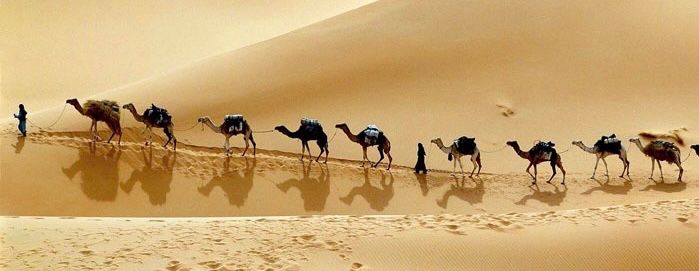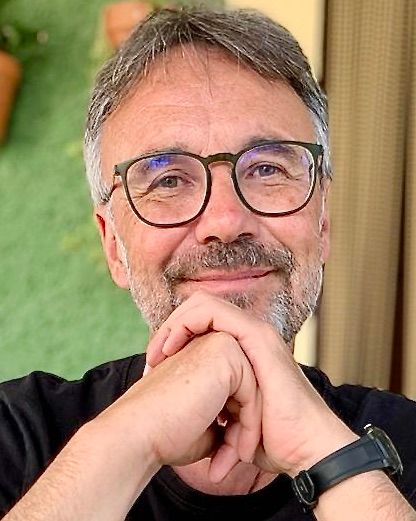A Berber carpet to dream
પ્રકાશિત: 24.02.2023
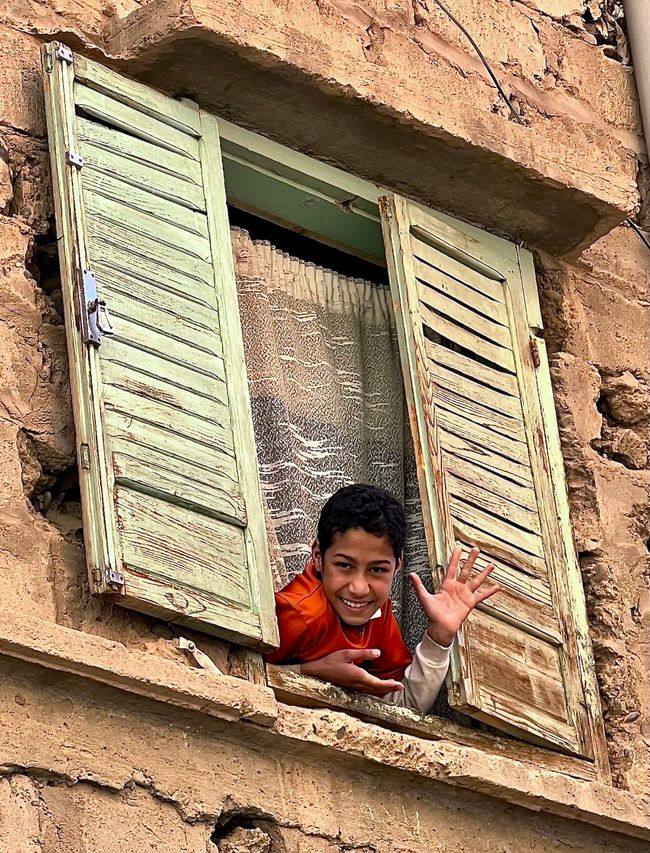
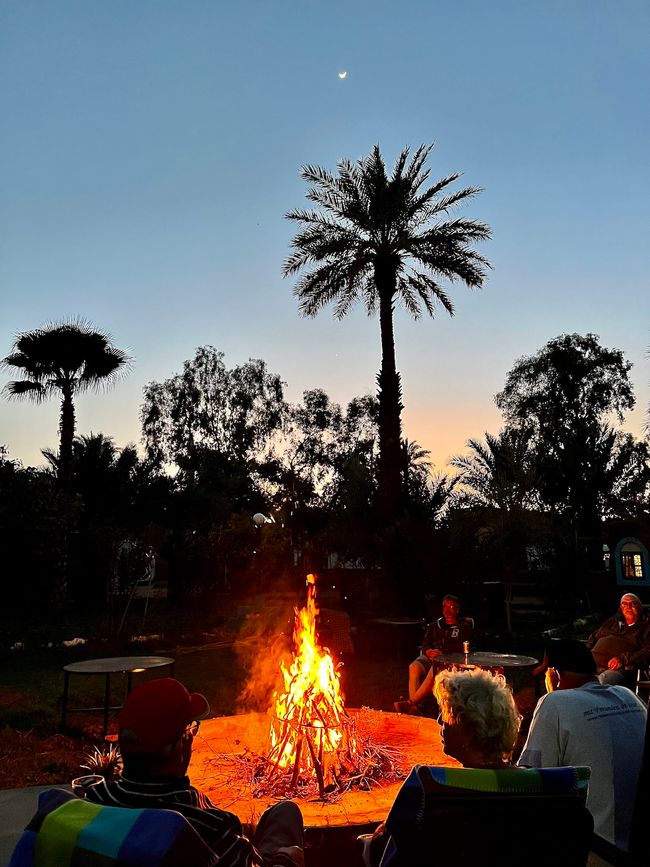
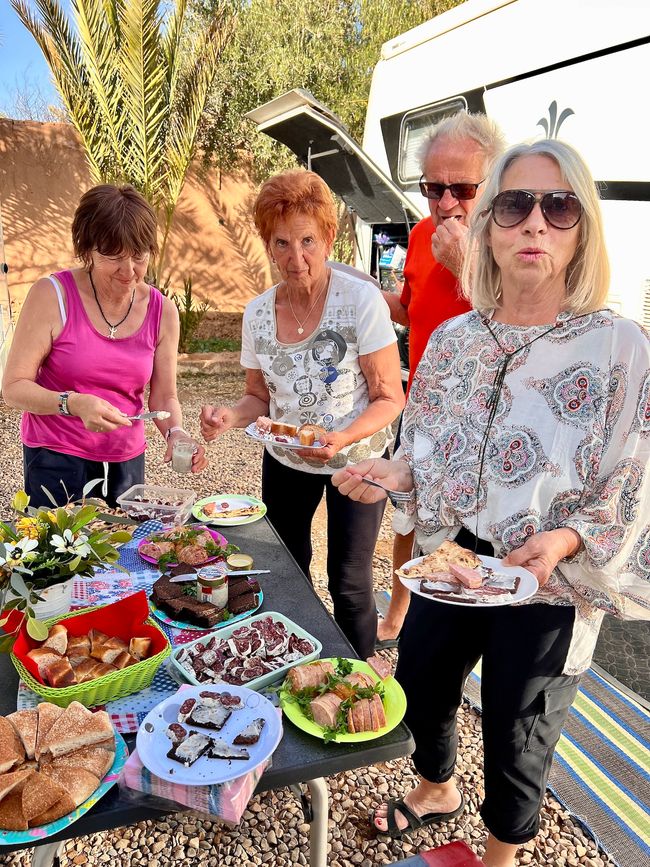
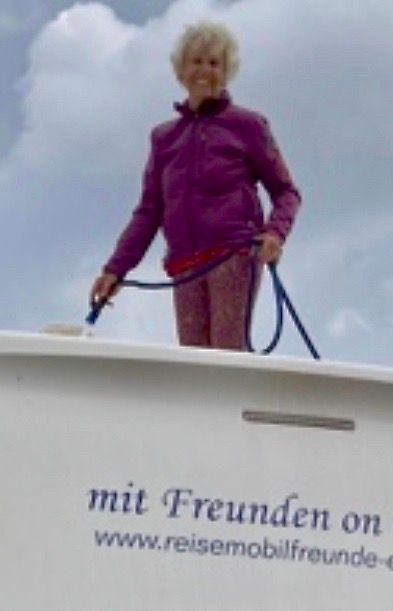
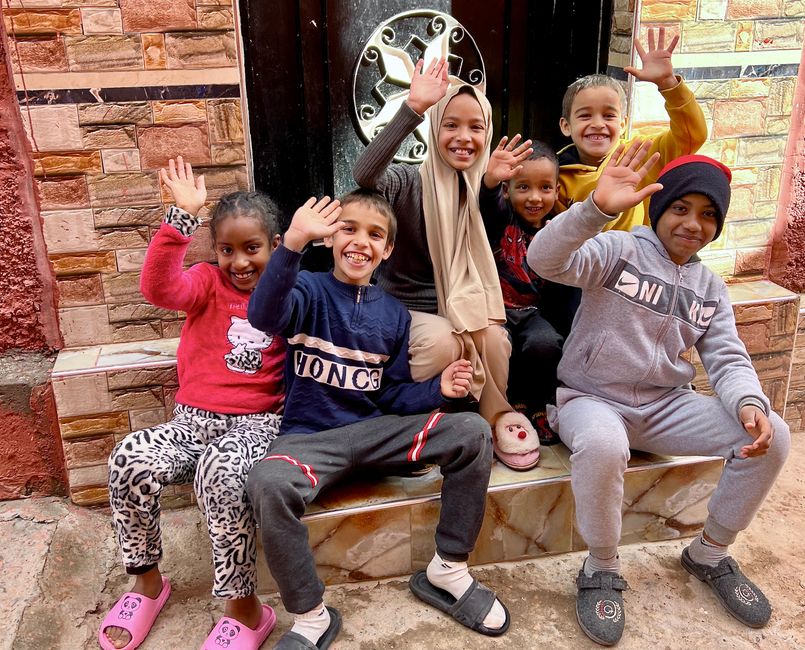
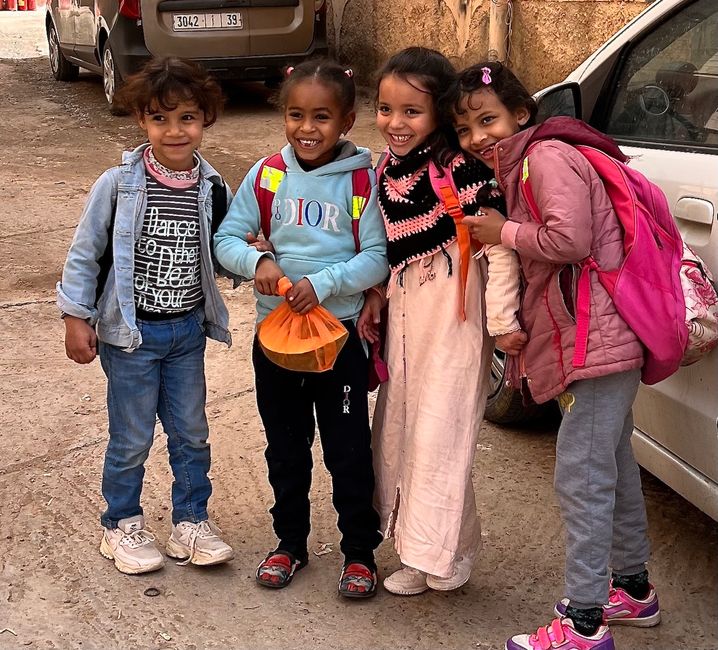
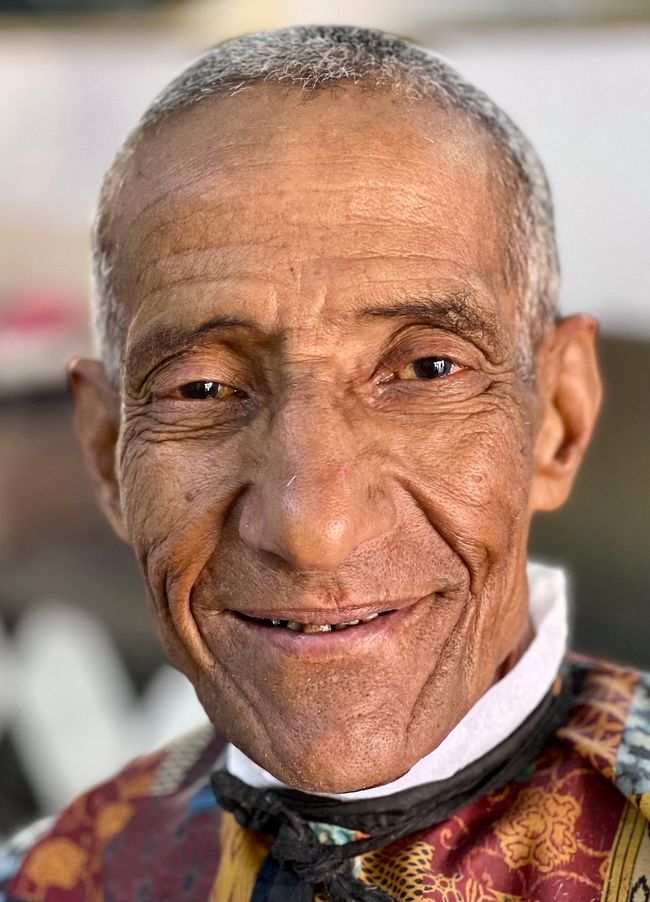
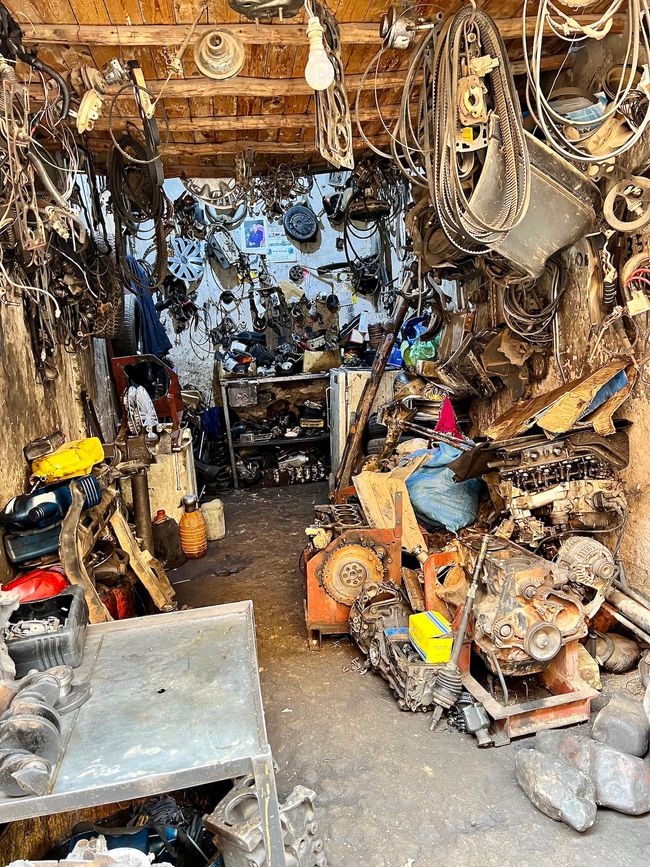
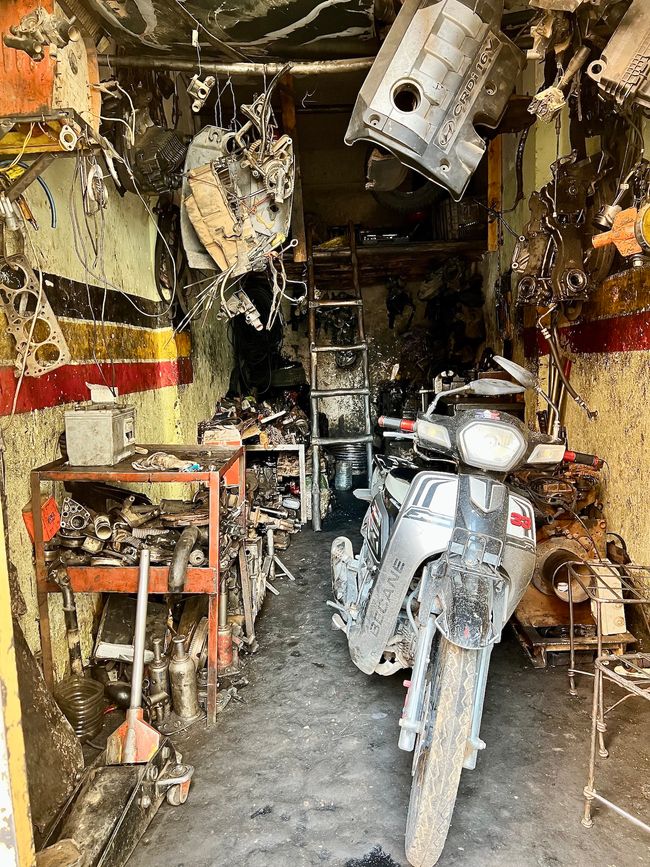
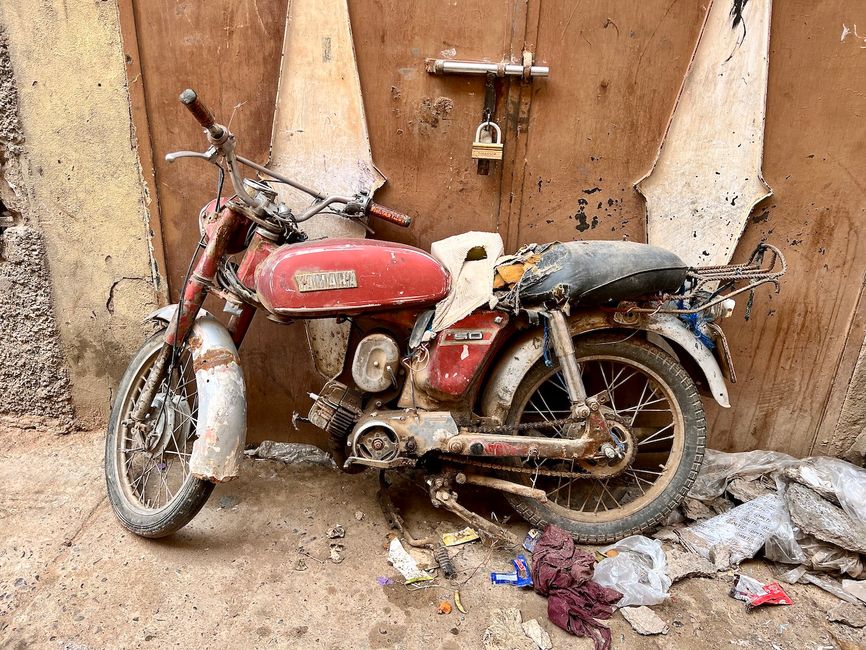
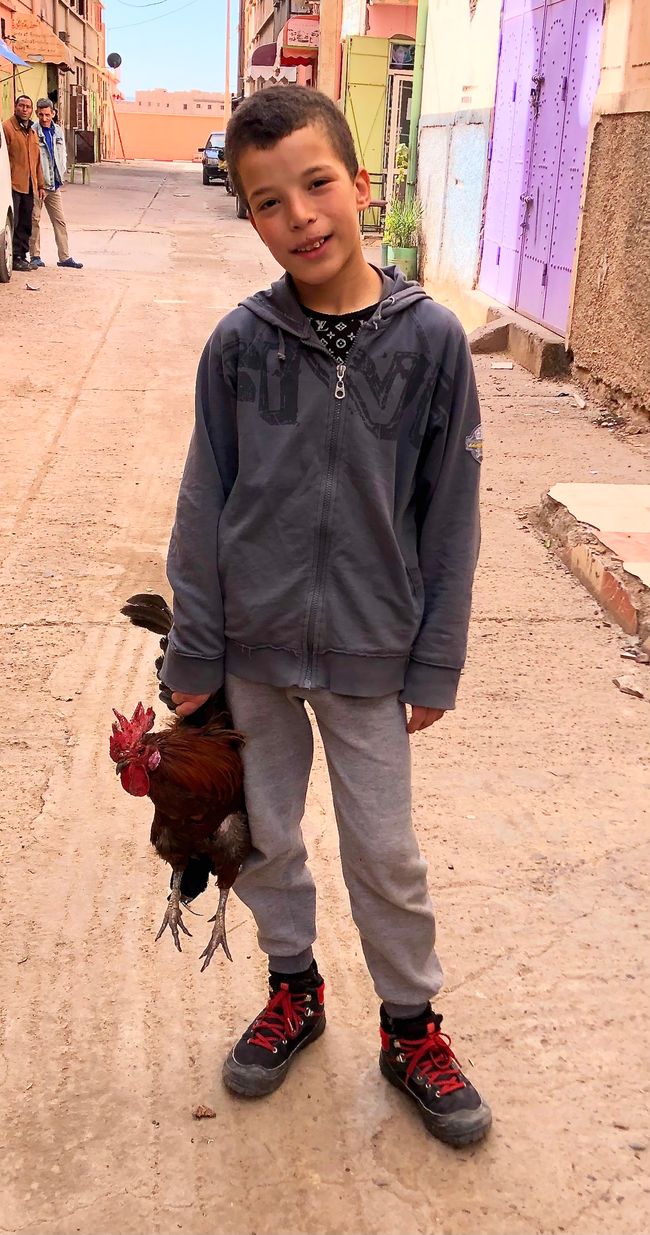
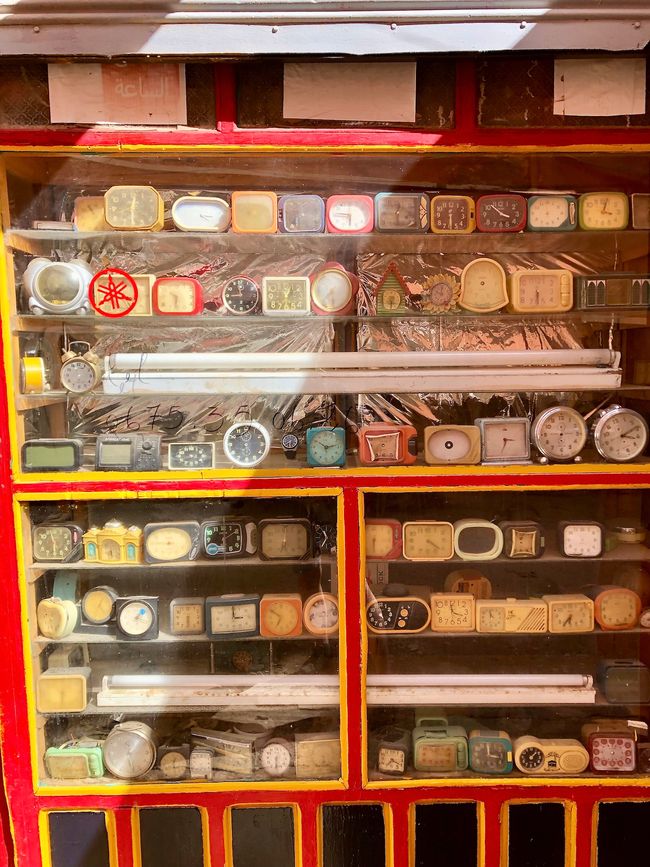
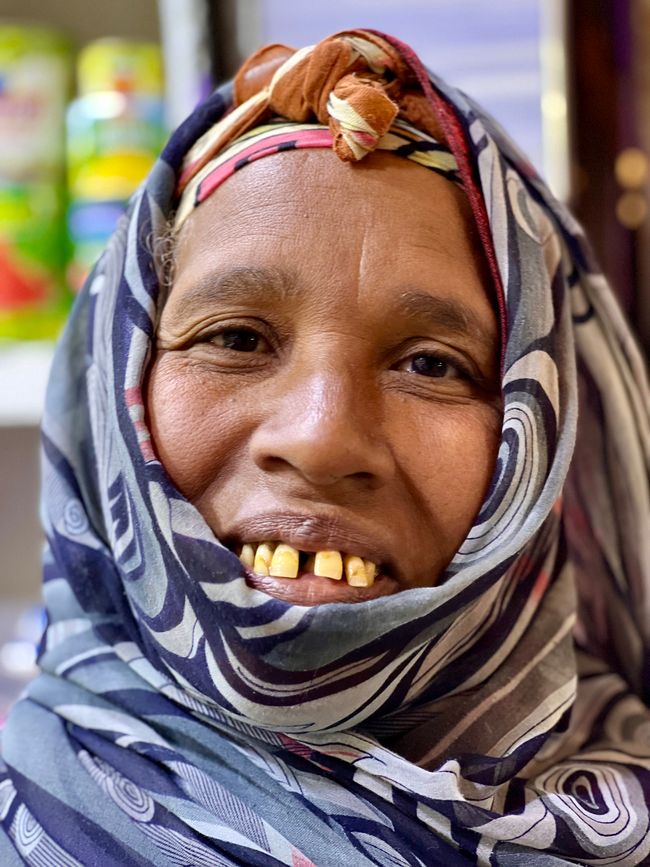
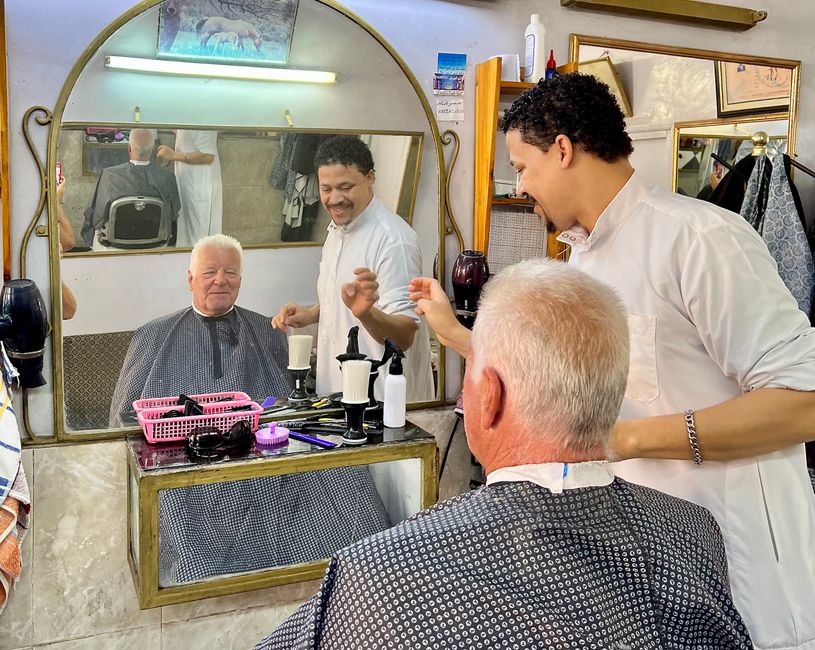
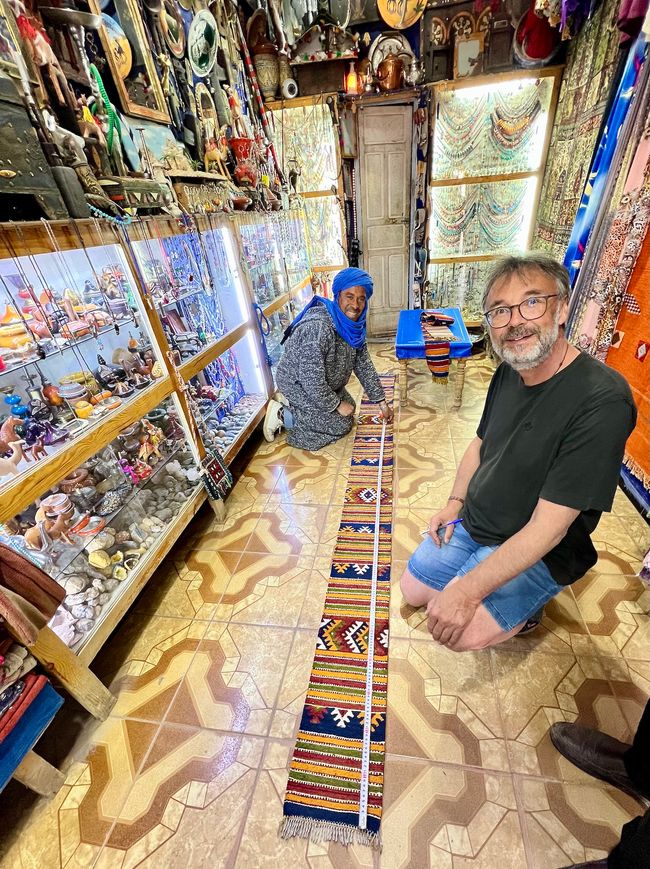
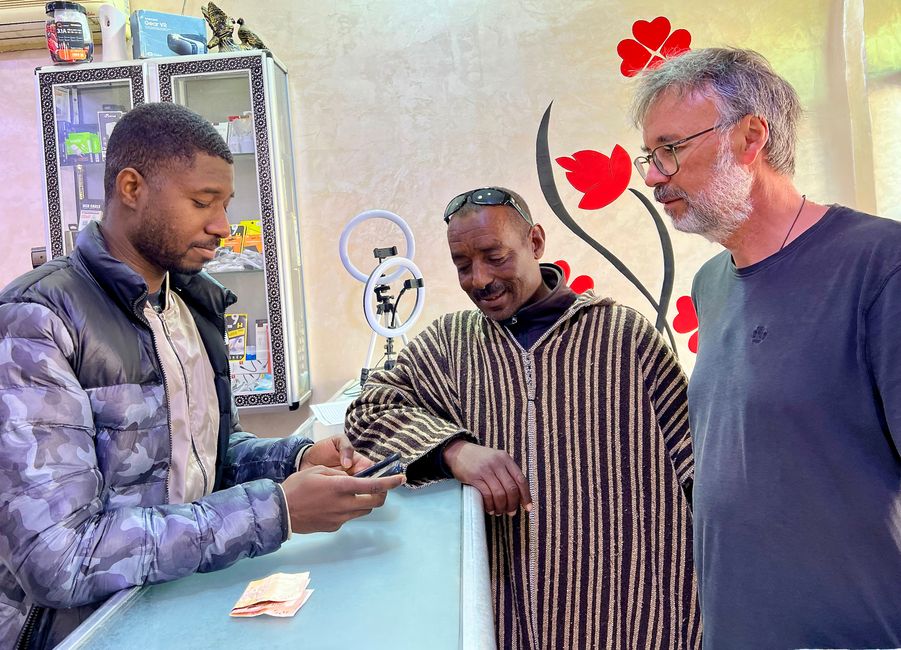
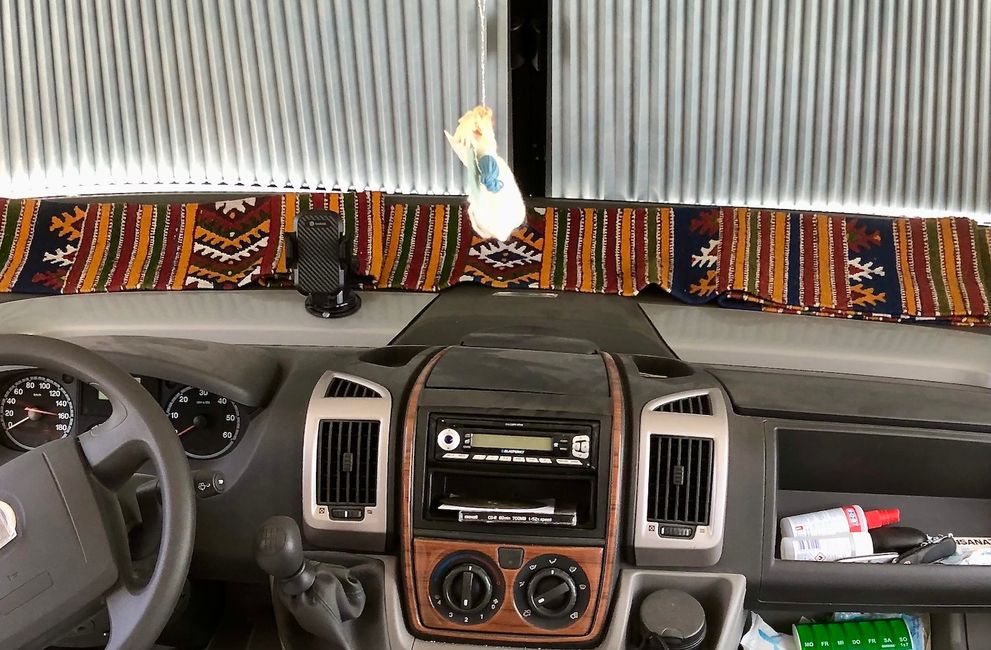
ન્યૂઝલેટર પર સબ્સ્ક્રાઇબ કરો
24.02.23 Zagora The club party with bonfire and birthday party for Wilhelm last night is still in the bones of some this morning. Only Maria is doing somersaults with her hose on the roof of her camper van and singing a cheerful song. She responds to skeptical looks with an angry "What do you all want? I'm not 80!" That's true. There are still 31 days left ...
Today I want to take a look behind the scenes of Zagora and ask Birgit if she wants to come along. Of course, I don't think for a second about the good eye of my favorite photographer and her excellent pictures...
From the main road, the 40,000-inhabitant metropolis looks tidier to me than the cities we have already visited. The houses are uniformly built in the warm brown and red that sometimes leans towards pink. Here, too, everything is built with clay bricks, which is quite acceptable given an amount of rain of only 60 mm per square meter and year. The city is located in the Drâa Valley, a riverbed that is 1,000 kilometers long and protrudes inland and extends from there to the Atlantic. And that only carries water in the winter months. It is winter in Morocco now, but where a river should be flowing now, there are only stones and sand firmly attached.
But on the left and right of the riverbed, we saw large, stately palm groves when we arrived from Agdz. Originally, Zagora also lived off its oases. Today, this has shifted towards tourism. Like many others, we also use the place as a starting point for our trip to the desert.
Wikipedia says that there is nothing interesting to see in Zagora - we cannot and do not want to believe that. We find our first sight after a few meters: a group of children rushes towards us and greets us in every imaginable language. Luckily, Birgit has some loose change with her, and when we hand the kids €1.50, cheers and noise break out, reminding me of the singing performances of our crew. I push the thought aside and watch the children as they rush towards the sweet shop on the corner like a flock of startled chickens.
We search the side streets and find many small craft shops, grocery stores, hairdressers, and dozens of butchers. I get caught up in a shop that sells carpets. I'm looking for a small, colorful runner that I can put on the shelf at the front of the motorhome. Maria has bought such a piece, and I find it beautiful. And indeed, the man has a suitable piece, hand-woven from camel hair and dyed with saffron and ginger. He wants 1,200 Dirham for it, which is equivalent to €120 - that's too much for me. Eventually, we agree on half and two t-shirts from me. I still have to get them. I don't have that much money with me either. No problem for the man. He wraps the carpet up for me and gives it to me for a down payment of €9. "I trust you," he says with a wink and taps me on the shoulder.
He can do that too. A souk, a phone shop, and a coffee with Birgit later, I'm back. The €51 doesn't hurt me as much as the two t-shirts from my not-so-large collection. But I'm happy to give them to him. After all, I want him to remember me fondly - just like I will remember him when I look out over the road ahead through my new carpet from the windshield and dream of where it will lead me.
ન્યૂઝલેટર પર સબ્સ્ક્રાઇબ કરો
જવાબ આપો
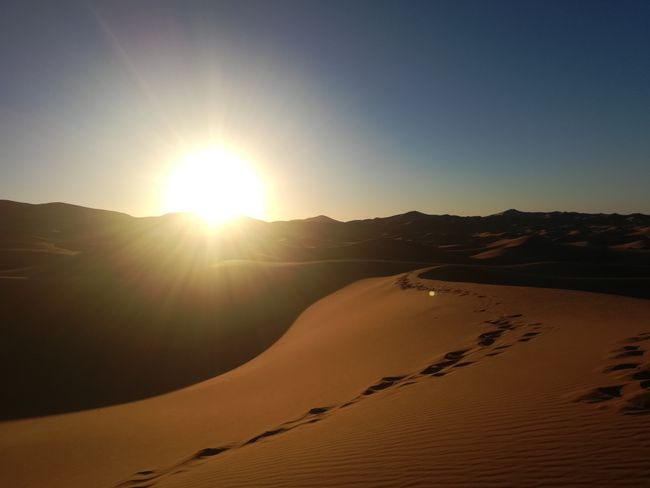
મુસાફરી અહેવાલો મોરોક્કો
